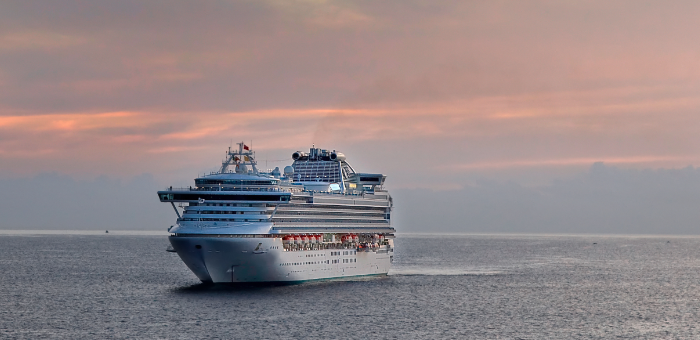A researcher from the Ecole Polytechnique Federale de Lausanne (EPFL) has created a system based on fuel cells, aiming to limit the carbon footprint and energy consumption of cruise ships, as they get more and more popular among vacation goers worldwide.
When he started his research, Francesco Baldi focused on reducing CO2 emissions, by improving each of the ship’s systems and the design. This achieved a 6-10% reduction in CO2 emissions for a diesel-powered cruise ship.
[smlsubform prepend=”GET THE SAFETY4SEA IN YOUR INBOX!” showname=false emailtxt=”” emailholder=”Enter your email address” showsubmit=true submittxt=”Submit” jsthanks=false thankyou=”Thank you for subscribing to our mailing list”]
However, he searched for ways to further reduce emissions and, in cooperation with Aalto University in Finland, he examined using fuel cells on a ship. When analyzing the pros and cons, he realized that hydrogen fuel cells would not be suitable as the require a large amount of space, about one third of the ship’s capacity.
For this reason, he turned to solid oxide fuel cells (SOFC). Despite the fact that need need high temperatures to operate and need up to 20 hours to turn on, they are suitable for ships. Nevertheless, a solution was needed to find a use for the surplus energy that would derive from having them in continuous use.
In order to solve this, Mr. Baldi thought to deploy a system developed at EPFL to transform unused energy into hydrogen. Then the fuel cells, customized for ships, could supply electricity to be consumed on board or hydrogen to be stored for later use.
Fuel cells only produce CO2 and water and they generate power though a chemical reaction. For this reason they are more environmentally friendly than fossil fuels and more efficient as well. In fact, the fuel cells developed at EPFL have achieved 75% efficiency, compared to less than 50% for even the most efficient diesel engine.
Fuel cells have downsides as well, with one being that they cost ten times as much to produce as a traditional engine. Nonetheless, these prices will reduce if demand increases, while the long-term cost is only 20-30% higher than that of a traditional engine, Mr. Baldi added.





























































